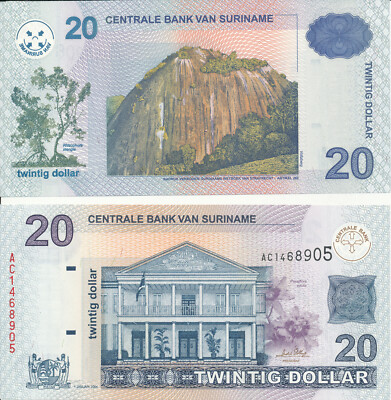
Introduction
Suriname, a small country located on the northeastern coast of South America, is rich in cultural diversity, natural beauty, and untapped potential. Despite its modest size, it’s home to a variety of ethnic groups and lush rainforests, making it a unique destination for both adventure seekers and cultural enthusiasts. As the world shifts its attention towards more sustainable and unique travel experiences, Suriname is becoming an increasingly relevant topic due to its emerging tourism sector and commitment to environmental preservation.
Geography and Biodiversity
Covering an area of approximately 163,000 square kilometres, Suriname is predominantly covered by tropical rainforest, which is part of the Amazon basin. The country is known for its rich biodiversity, housing countless species of flora and fauna, some of which are endemic to the region. The Central Suriname Nature Reserve, a UNESCO World Heritage site, encompasses over 1.6 million hectares of pristine forest and is celebrated for its ecological significance. Recent conservation efforts have focused on protecting this vital habitat while ensuring the well-being of local tribes, such as the Maroon and Indigenous groups.
Culture and Society
Suriname’s population is a melting pot of cultures, with influences from Indigenous peoples, African slaves, Dutch colonialists, and various immigrant groups, including Hindustani and Javanese. This cultural mosaic is reflected in its festivals, cuisine, and languages. The capital city, Paramaribo, showcases colonial architecture alongside vibrant markets, and its annual festivals – like the Suriname Jazz Festival and the Diwali Festival – draw both locals and tourists alike. The country’s official language is Dutch, but Sranan Tongo, Hindi, Javanese, and Melayu are also widely spoken, illustrating the rich tapestry of its linguistic heritage.
Tourism Growth and Challenges
In recent years, Suriname has started to promote itself as a tourist destination focusing on ecotourism and cultural heritage. The government has initiated various projects to improve infrastructure and promote responsible tourism that respects local communities and the environment. However, challenges remain, including the need for sustainable practices in tourism development, and addressing the impact of climate change on its ecosystems. As Suriname continues to develop its tourism sector, it is crucial for both local government and international partners to prioritise sustainability to preserve its unique landscapes and cultural identities.
Conclusion
Suriname stands at a crossroads, with the potential for growth in tourism and conservation efforts that could benefit its economy and environment. The nation’s commitment to preserving its rich biodiversity and welcoming visitors to experience its diverse culture makes it an increasingly important player on the South American stage. For travellers looking for new experiences, Suriname offers not just a destination but an opportunity to engage with an authentic cultural journey and contribute to sustainable practices that can help shape its future.
You may also like

Exploring Monmouth: History, Attractions and Community

The Royal Opera House: A Jewel in London’s Cultural Landscape
